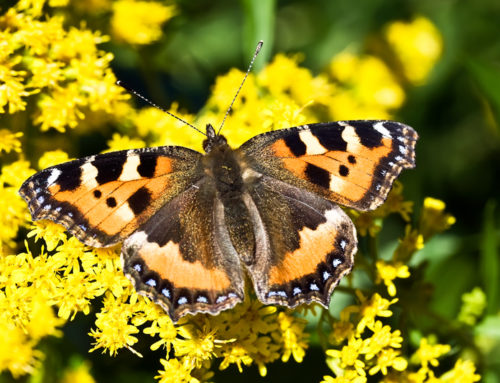Today is World Suicide Prevention Day. I have been a most fortunate counselor. In 30 years, I’ve never lost a client to suicide. I’ve certainly had clients who came to me who were suicidal – or at least had strong suicidal fantasies. I’ve been able to help them past that suffering. It is always a sobering reminder of how vulnerable any of us are to this painful despair.
According to the World Health Organization –
- Close to 800,000 people die due to suicide every year.
- For every suicide there are many more people who attempt suicide every year. A prior suicide attempt is the single most important risk factor for suicide in the general population.
- Suicide is the second leading cause of death among 15–29-year-olds.
- 79% of global suicides occur in low- and middle-income countries.
- Ingestion of pesticide, hanging and firearms are among the most common methods of suicide globally.
Suicides are preventable. There are a number ways to prevent suicide and suicide attempts. These include:
- reducing access to the means of suicide (e.g. pesticides, firearms, certain medications);
- reporting by media in a responsible way;
- introducing alcohol policies to reduce the harmful use of alcohol;
- early identification, treatment and care of people with mental and substance use disorders, chronic pain and acute emotional distress;
- training of non-specialized health workers in the assessment and management of suicidal behaviour;
- follow-up care for people who attempted suicide and provision of community support.
Who is at risk?
“While the link between suicide and mental disorders (in particular, depression and alcohol use disorders) is well established in high-income countries, many suicides happen impulsively in moments of crisis with a breakdown in the ability to deal with life stresses, such as financial problems, relationship break-up or chronic pain and illness.
In addition, experiencing conflict, disaster, violence, abuse, or loss and a sense of isolation are strongly associated with suicidal behavior. Suicide rates are also high among vulnerable groups who experience discrimination, such as refugees and migrants; indigenous peoples; lesbian, gay, bisexual, transgender, intersex (LGBTI) persons; and prisoners. By far the strongest risk factor for suicide is a previous suicide attempt.”
http://www.who.int/en/news-room/fact-sheets/detail/suicide
If you or someone you know has lost a friend or family member to suicide, remember to not underestimate the aftermath trauma that happens. For more information about dealing with trauma, go to:
For more information on Suicide Prevention contact:






